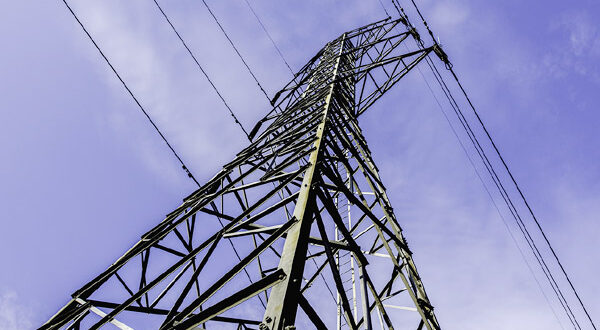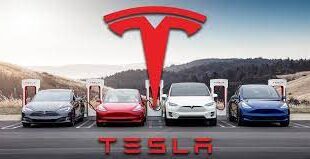Japan would need to increase its electricity output by between 35% and 50% by 2050 to meet a proportionate surge in demand, a government projection has revealed.
Japan’s electricity output for this decade is estimated at around 1 trillion kWh but this needs to expand to up to 1.5 trillion kWh by 2050 to satisfy new demand coming from the information technology sector, and more specifically semiconductor factories and artificial intelligence, Reuters has reported.
The government’s predictions about electricity demand also included a recommendation to start expanding wind and solar generation capacity to help meet the surge in demand.
Japan is a resource-scarce nation and relies almost entirely on imports to satisfy its energy needs. However, like its peers in the G7 it has ambitious decarbonization plans, aiming to cut emissions by 46% from 2013 levels by 2030 and become net neutral by 2050. Right now, Japan is the world’s fifth-biggest emitter of carbon dioxide.
Because of these decarbonization plans, Japan made a U-turn on nuclear energy two years ago, after essentially banning the energy source following the Fukushima tragedy. Faced with soaring oil and gas prices, Japan reconsidered its divorce from nuclear and ordered a restart of some reactors, including, recently, the country’s largest—the 8.2GW Kashiwasaki Kariwa.
Also recently, Japan signed up for a G7-wide ban on coal power plants, to be completed by 2035. However, reports from the G7 meeting in Turin noted that Japan, along with Germany, may be given a temporary exemption from a complete phaseout because of their dependence on coal generation for reliable electricity supply and the absence of comparable alternatives.
A potential common target to phase out coal-fired power plants by 2035 in G7 nations would mark the first major achievement in the reduction of hydrocarbons since the COP28 summit in Dubai at the end of last year.

 Iran Energy News Oil, Gas, Petrochemical and Energy Field Specialized Channel
Iran Energy News Oil, Gas, Petrochemical and Energy Field Specialized Channel



